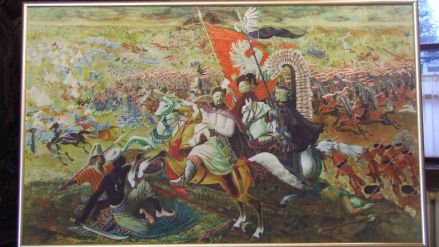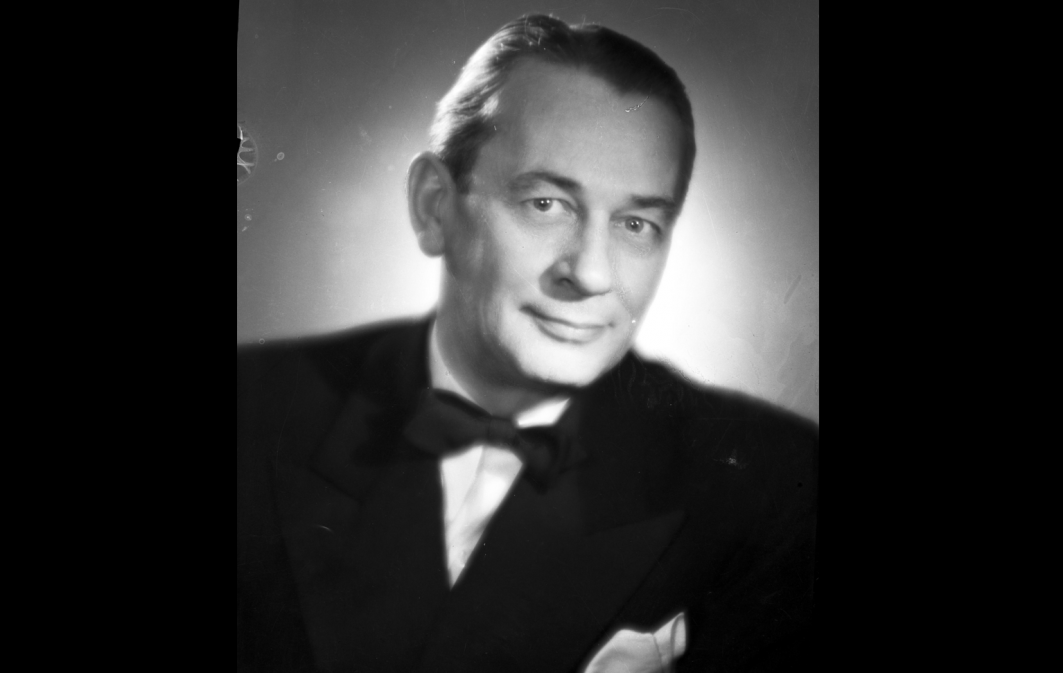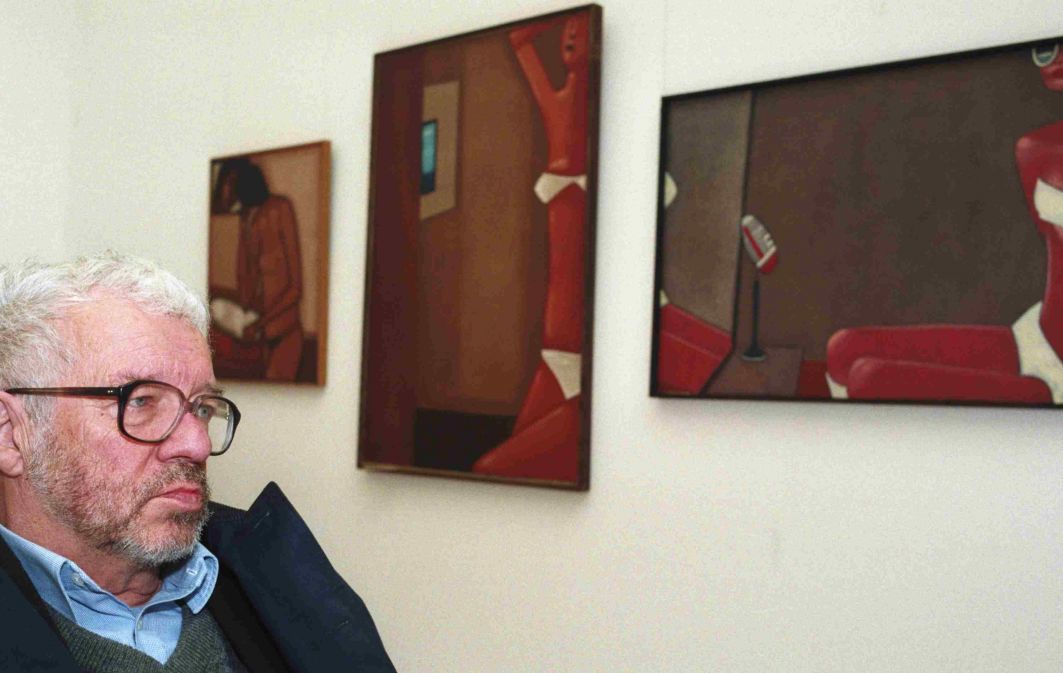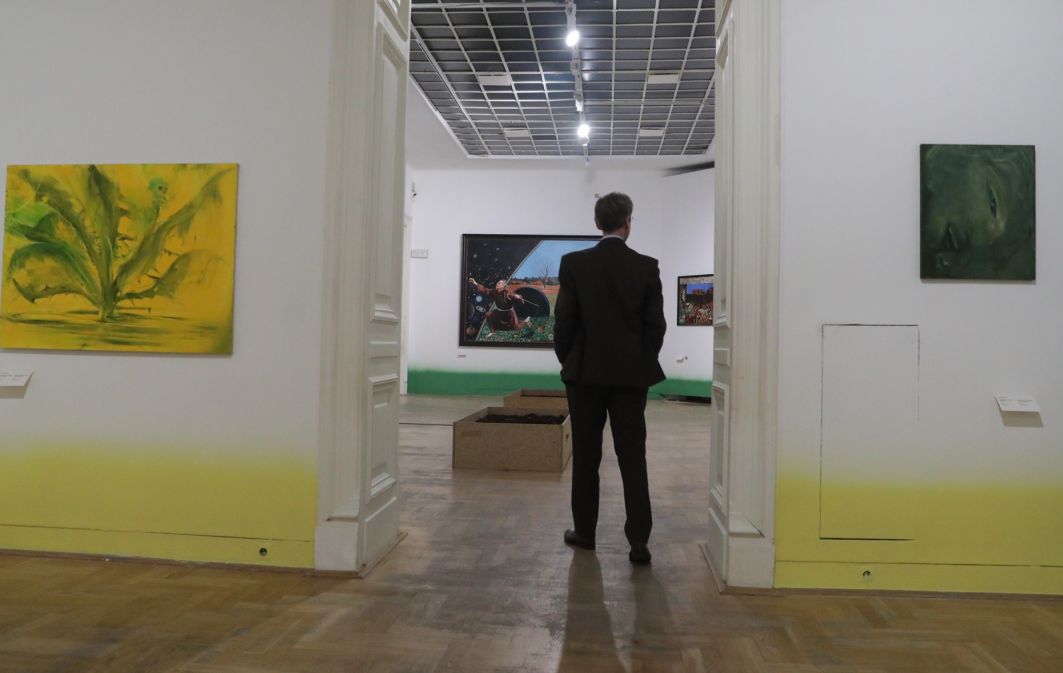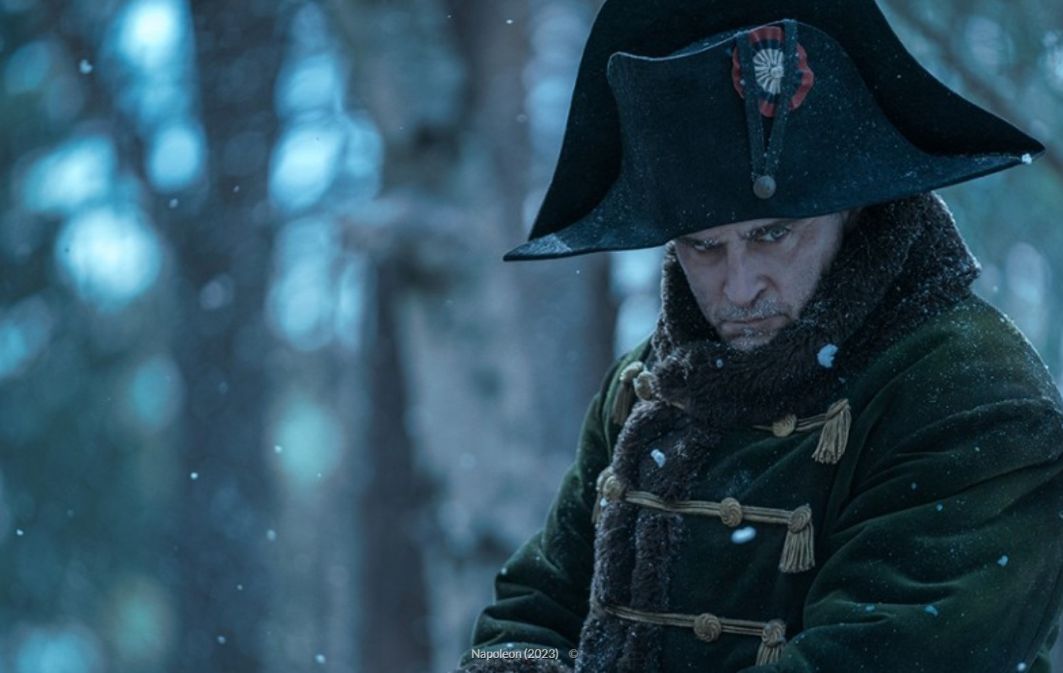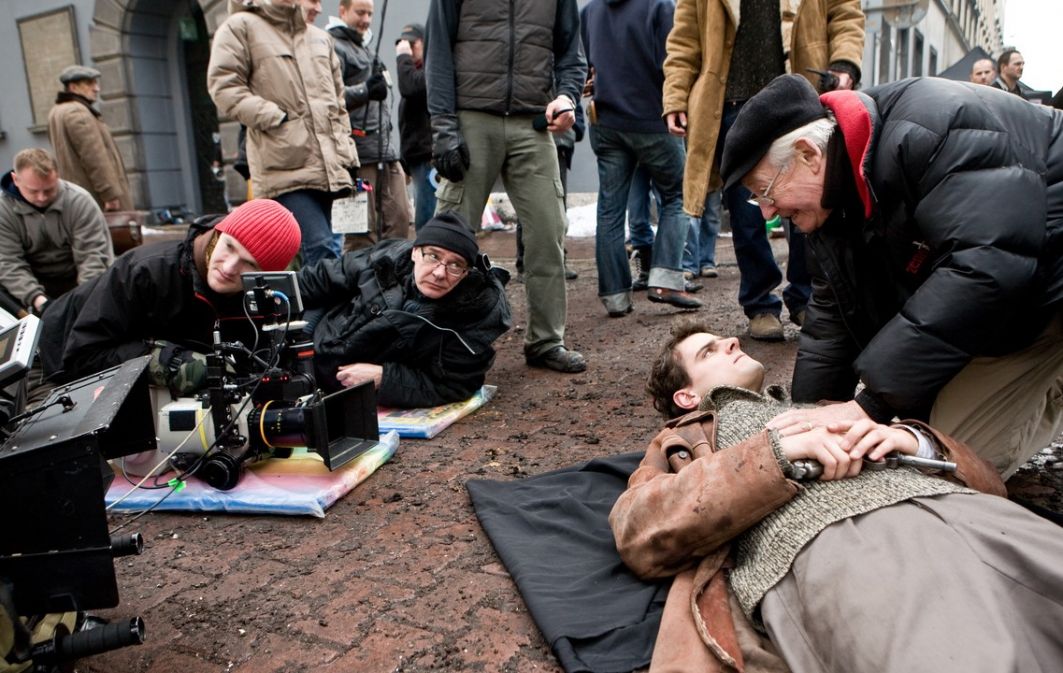Artists, succumbing to the spirit of times, began to contest the model of beauty set by Raphael and Leonardo, the principles of perspective and proportion taken from mathematical treatises. They decided that drama, the drive of expression and the power of imagination were more important than them.
 SIGN UP TO OUR PAGE
SIGN UP TO OUR PAGE 
In Italy, the precursors of such thinking were Pontormo, Parmigianino, Jacopo Bassano and Tintoretto; the last one exerted a considerable influence on the young Theotokopulos. Bizarre poses, vibrant colours, unnatural light - we can find all of this in the artwork of painters, placed by the posterity in a drawer with the inscription of "mannerism". At the turn of the 16th and 17th centuries, this style reigned supreme in the Netherlands.
During the reign of Emperor Rudolph II, Prague became the European capital of mannerism. Habsburg spared no penny for artists who were able to amaze him with something new: from Bartholomeus Spranger, the master of promiscuous allegories, to Giuseppe Arcimboldo, the creator of anthropomorphic portraits. The pride of this ruler was a “Cabinets of curiosities”, where - in addition to works of sophisticated craftsmanship - there were natural wonders: alleged dragon bones or preserved two-headed calves.
This sort of art could provoke reflection, but above all it served entertainment. El Greco was deadly serious because he lived and created in a country ruled by a king who rarely smiled. Philip II treated himself and his subjects with the same severity. He also demanded a lot from them.
The Iberian monarchy was to stop the wave of heresy flooding Europe, stop the expansion of Islam, continue the conquest of the New World and maintain the monopoly for trade with the colonies, keep the French in a state of impotence, pacify the Dutch, restore the Catholicism in England and set an example for all Christians.
Another Cervantes
Before the Cretan was hailed as a precursor of modern art, critics threw him into artistic purgatory. In the seventeenth century there was a recurrence of the "beautiful style", for which the only counterbalance was realism. There was no room for misfits like El Greco in the perceived dualistic reality.
He was most resented that - for wanting to get out of the shadow of Titian - "he changed his way of painting for another, so lamentable and so mad, that it caused amazement; a man who once was a very good painter could become so bad out of his fancy ideas". This is how our hero's creative path was assessed by Antonio Palomino, a Spanish practitioner and theoretician of visual arts.
The genius of Toledo was discovered by foreigners. Théophile Gautier, an oracle of romantic taste, in the account of his journey across the Pyrenees, admitted: “few paintings have intrigued me as much as those of El Greco, because even the worst ones always have something unexpected to discover, and they go beyond the limits of what is possible; they are surprising and thought-provoking."
Rehabilitation of Mannerism, previously condemned in the tabloids, progressed the slowest in the adopted homeland of “The Dream of Philip II” creator.
As late as 1881, the director of the Museo del Prado ordered the "absurd caricatures" of the Cretan to be moved to the museum basement, as if exhibiting them together with the masterpieces of Diego Velázquez and Francisco Goya was an affront to the venerable temple of art.
Soon the pendulum swung the other way. El Greco became a deified artist, more Spanish than native Spaniards, compared with Cervantes; An inspiration for Picasso and German Expressionists.
Not without reason - the author of his biography, Antonia Vallentin - claimed that he was just unlucky. Had he been active in Paris, the Netherlands or London instead of the isolated Iberian monarchy, he would have been appreciated much sooner. It would also have a greater impact on the European culture.
One hundred Francis, two penitents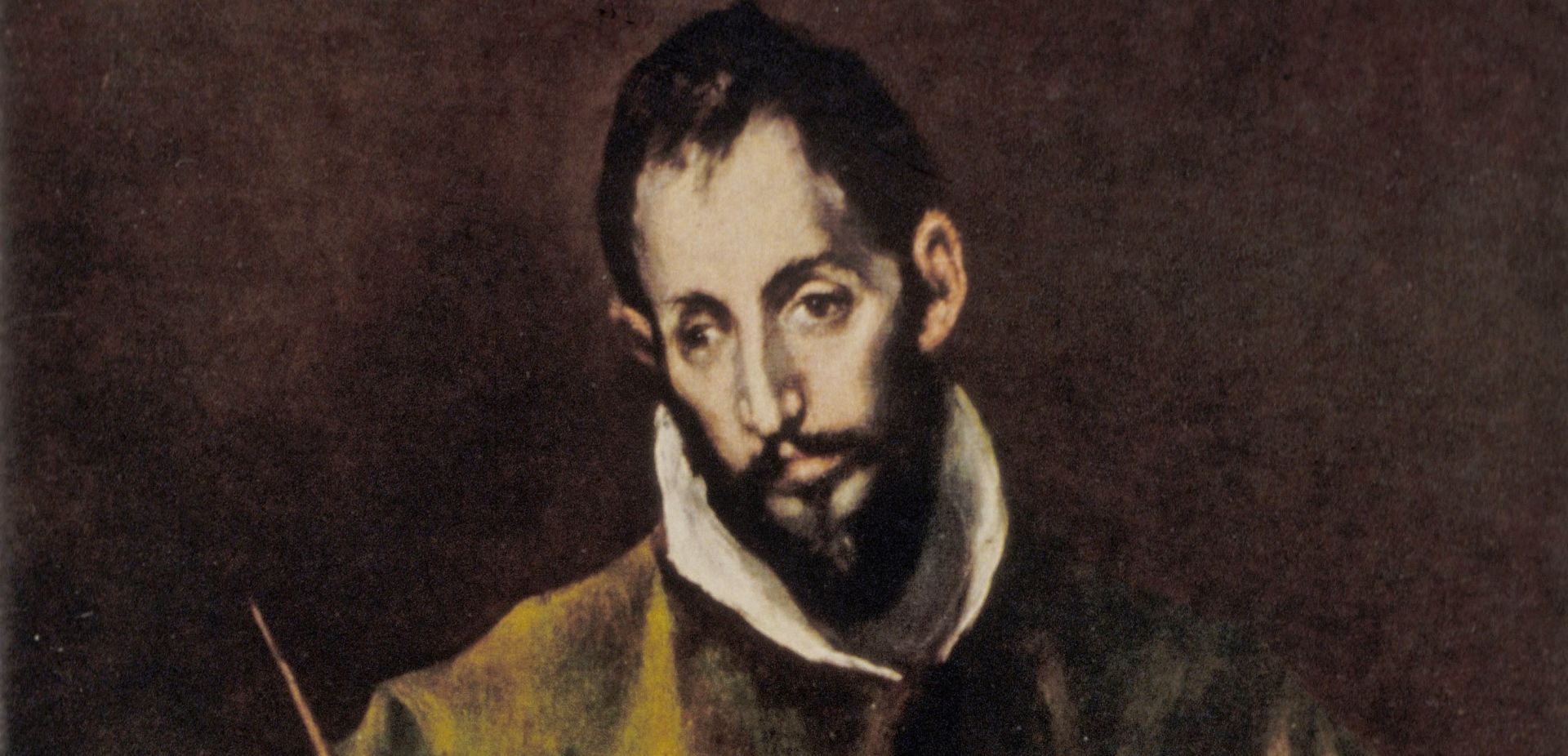
 SIGN UP TO OUR PAGE
SIGN UP TO OUR PAGE 
